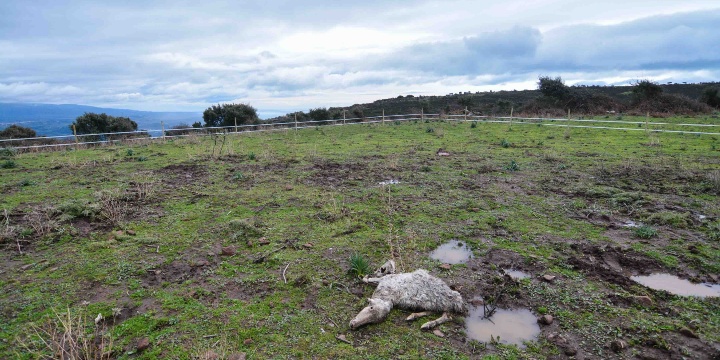The Good Practices Handbook on Farm Feeding Stations
12/04/2021
The Good Practices Handbook on Farm Feeding Stations for Griffon Vulture Conservation is addressed to all the subjects involved in the conservation of necrophagous birds, and of the Griffon Vulture in particular, as well as to the Public Veterinary Services, the Regional Departments of Environmental Protection and Health, and the livestock farmers. The purpose of this document is to illustrate the best practices developed in the authorization, implementation and management of farm feeding stations to promote their replicability. It details the pre-operational context and the pros and cons of feeding stations in vulture conservation. It specifically refers to the EU Regulations in terms of carcass disposal: EU Regulation (EC) No. 1069/2009, which allowed domestic animal carcasses to be used to feed endangered or protected species of necrophagous birds and other species, such as populations of Bear (Ursus arctos) and Wolf (Canis lupus) listed in Annex II of the Habitats Directive (Council Directive 92/43/EEC), in extensive grazing systems. Noteworthy, this regulation included for the first time the need to consider the natural consumption patterns of necrophagous animals. Thereafter, Regulation (EU) 142/2011 on animal by-products implemented the necessary measures and derogations to ensure the food supply of domestic animal carcasses to various necrophagous animals. These species include the four European vulture species (Aegypius monachus, Gypaetus barbatus, Gyps fulvus, Neophron percnopterus), large eagles (e.g. Golden Eagle Aquila chrysaetos) and other raptors (e.g. Milvus milvus and M. migrans). Thereafter it details the procedure for authorizing the farm feeding stations implemented in Sardinia following the Regional Decree 1199/2016 and the impacts of its implementation in 37 authorized farm feeding stations.




